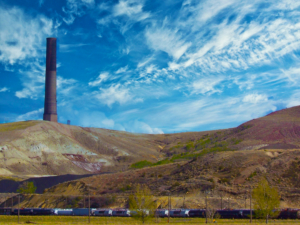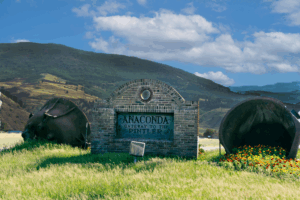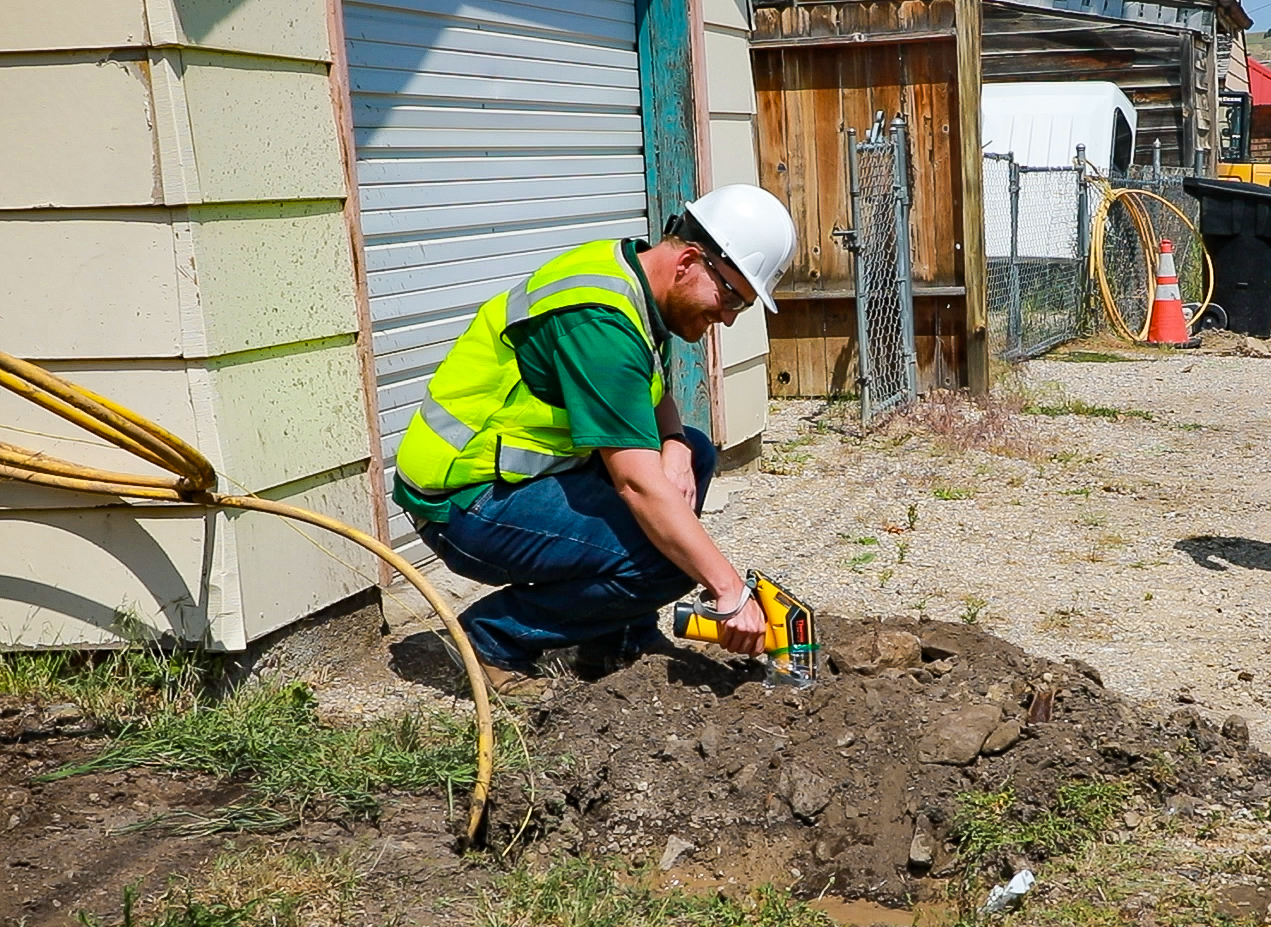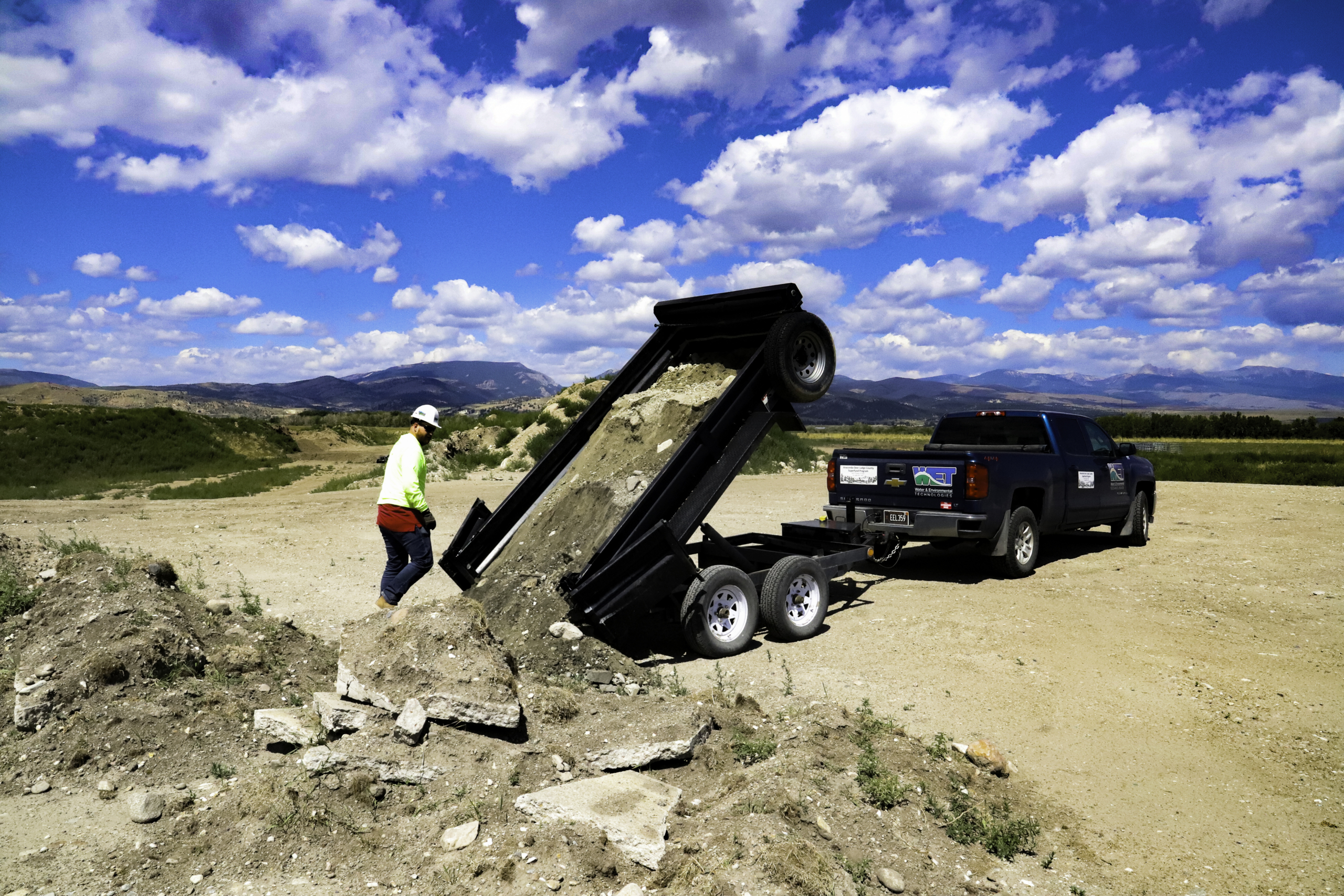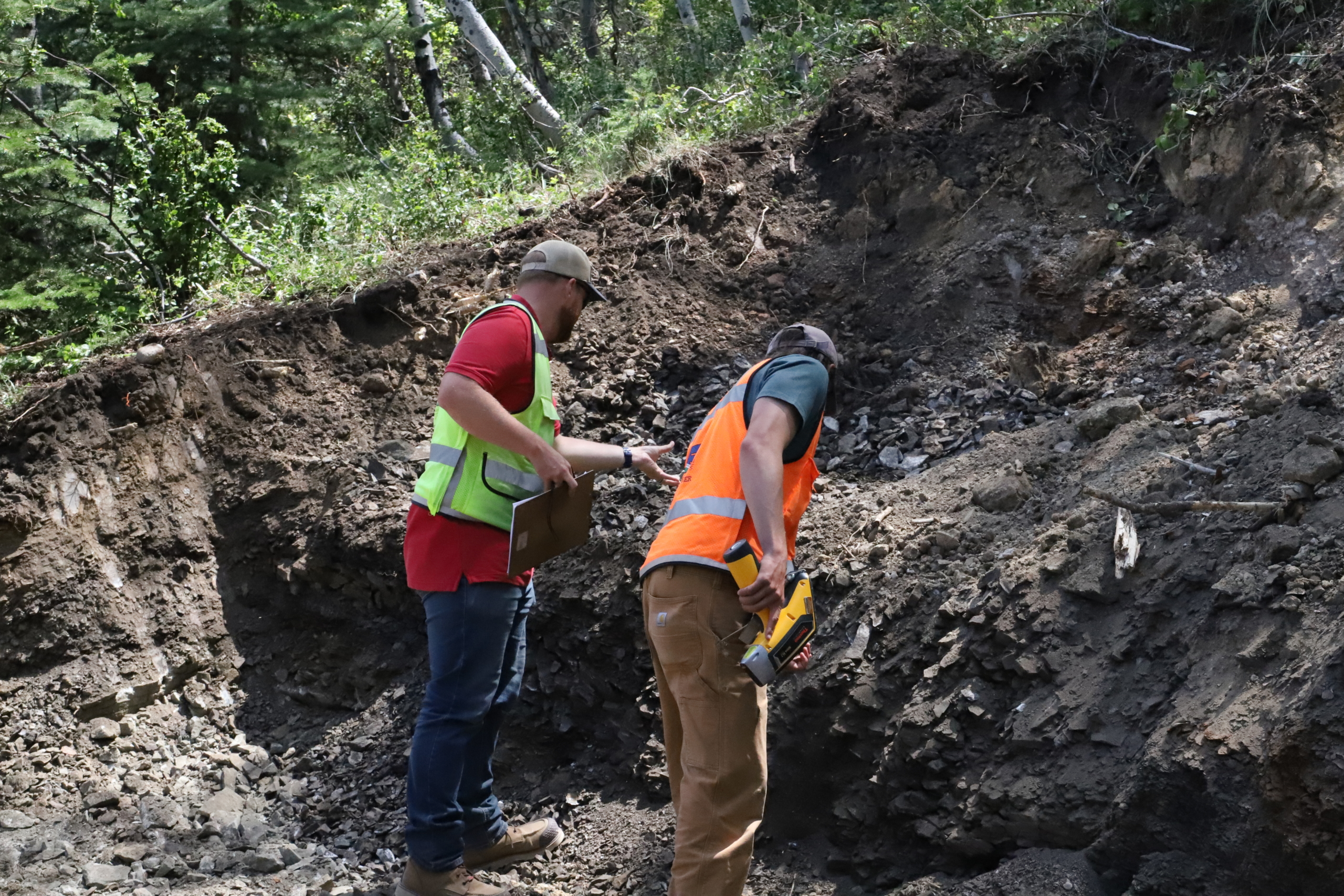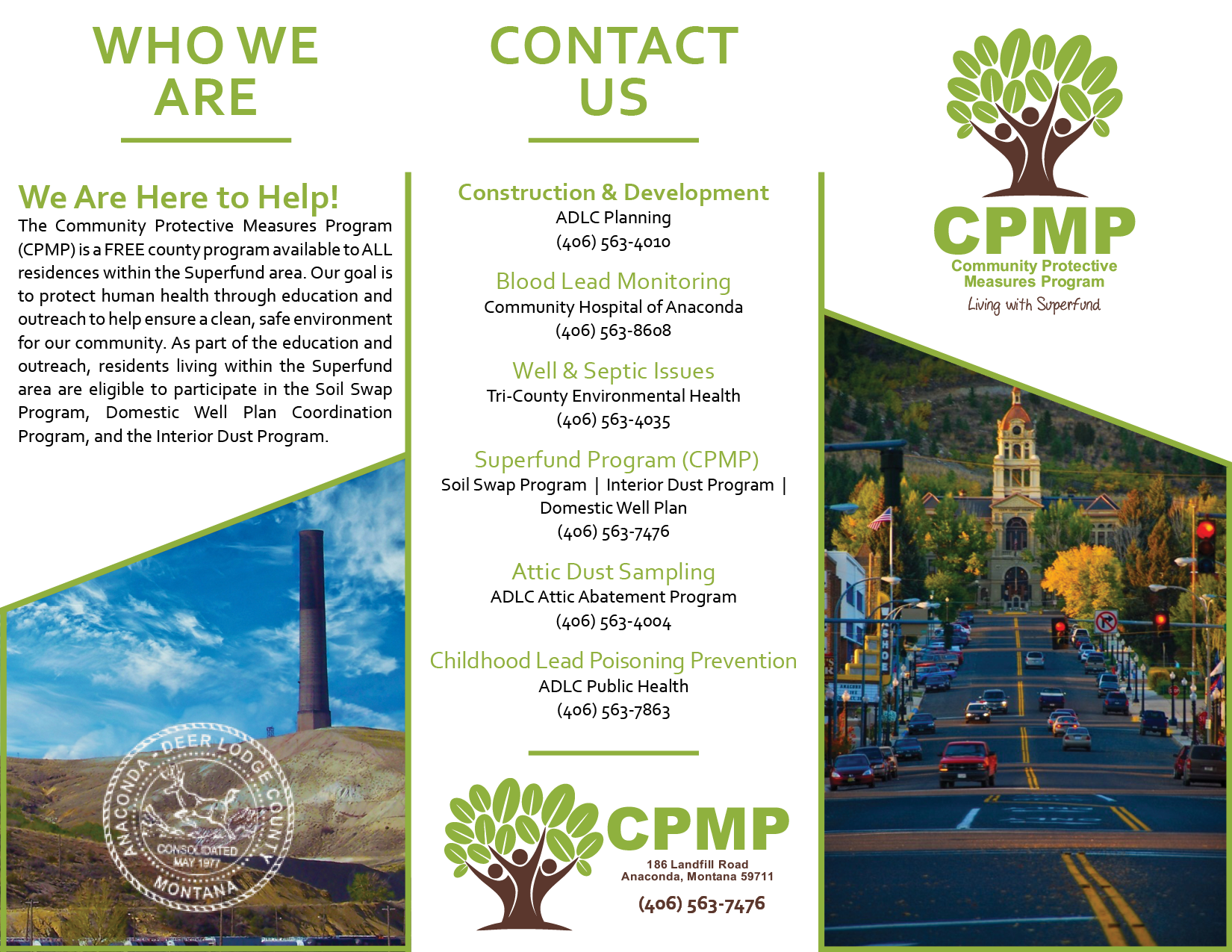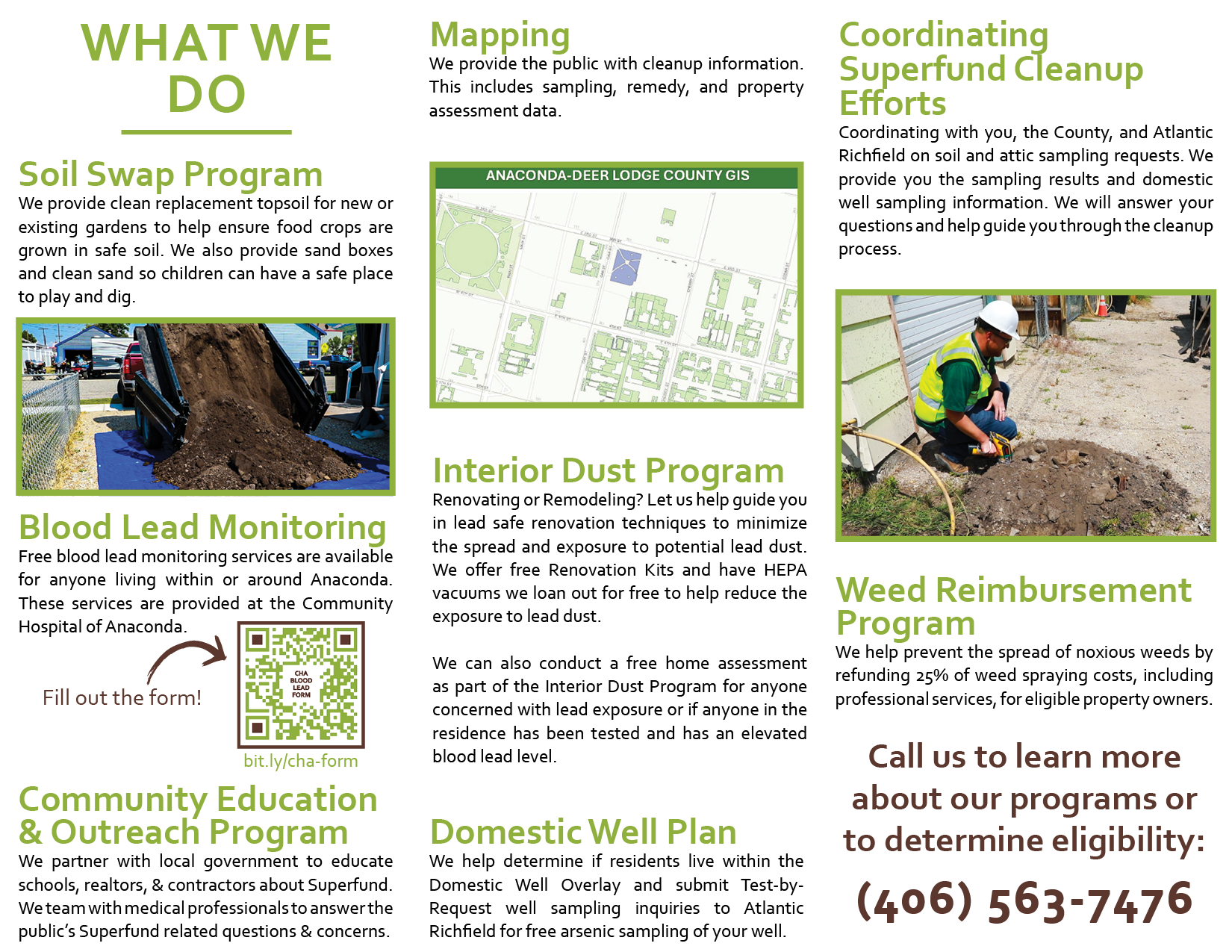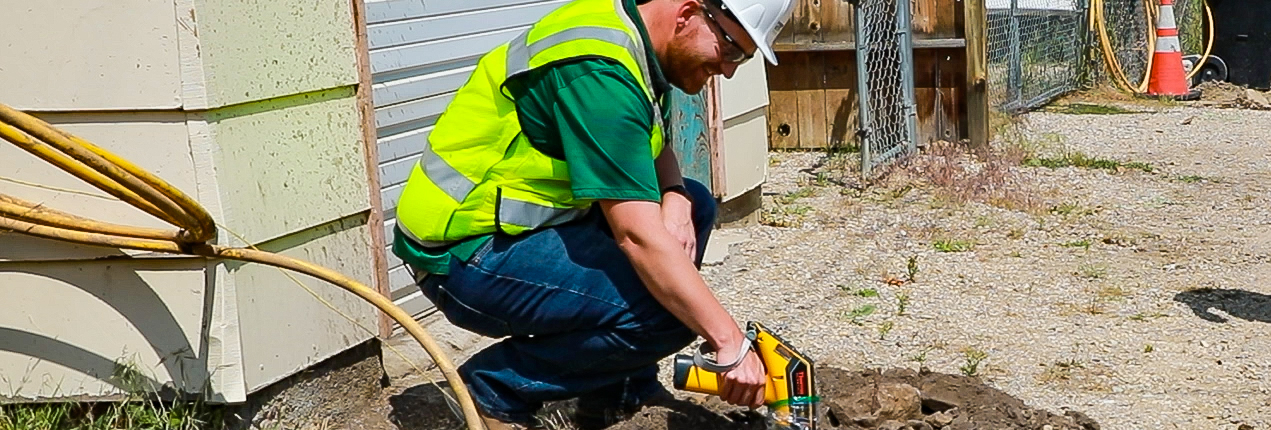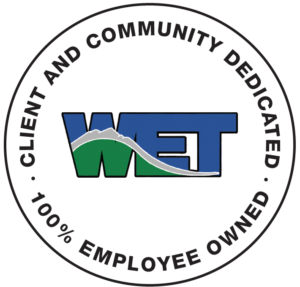INSIDE WET’S SUPERFUND STEWARDSHIP
Anaconda, Montana
If you’ve ever wondered what those Water & Environmental Technologies (WET) engineers are doing during every excavation project in Anaconda, let us lift the curtain on an essential operation for the community: they are managing Anaconda–Deer Lodge County’s Institutional Controls (IC) Program to ensure both community health and redevelopment stay on track.
Nestled in a valley shaped by a century of copper smelting, Anaconda, Montana, became a focal point of complex environmental recovery. In 1983, the EPA designated the site—contaminated with arsenic, lead, and other heavy metals—as part of the National Priorities List, known as the Superfund program. WET plays a vital role in overseeing the daily guardianship that balances land use, public health, and environmental safety.
What is an Institutional Controls (IC) Program, and why is it crucial for Superfund communities? Simply put, institutional controls are legal, administrative, and informational tools designed to prevent disturbances to remediated landscapes and guide future development toward safety and sustainability. They ensure that any land or water use conforms with EPA-determined risks while maintaining protective measures that keep contaminants contained and communities safe, preserving stormwater infrastructure, and providing education and information to the public.
Since 2012, WET has managed and operated ADLC’s IC Program, coordinating enforcement through the Development Permit System (DPS) and working closely with ADLC’s Planning Department. Central to our efforts is conducting soils handling and routing with X-ray fluorescence (XRF), a process that uses a handheld device to rapidly scan soil for metals like lead and arsenic. The XRF provides real-time data in the field, allowing our team to identify contaminated soil immediately and ensure it is properly handled and routed to the proper location. If soil is found to be “hot,” meaning it exceeds EPA’s allowable contaminant levels, our team will work with the property owner or contractor to have the soil properly disposed at the Anaconda Smelter Development Repository. Once a project is complete, the IC Program will collect surface samples within the disturbed areas to ensure no contamination remains at the surface post-construction.
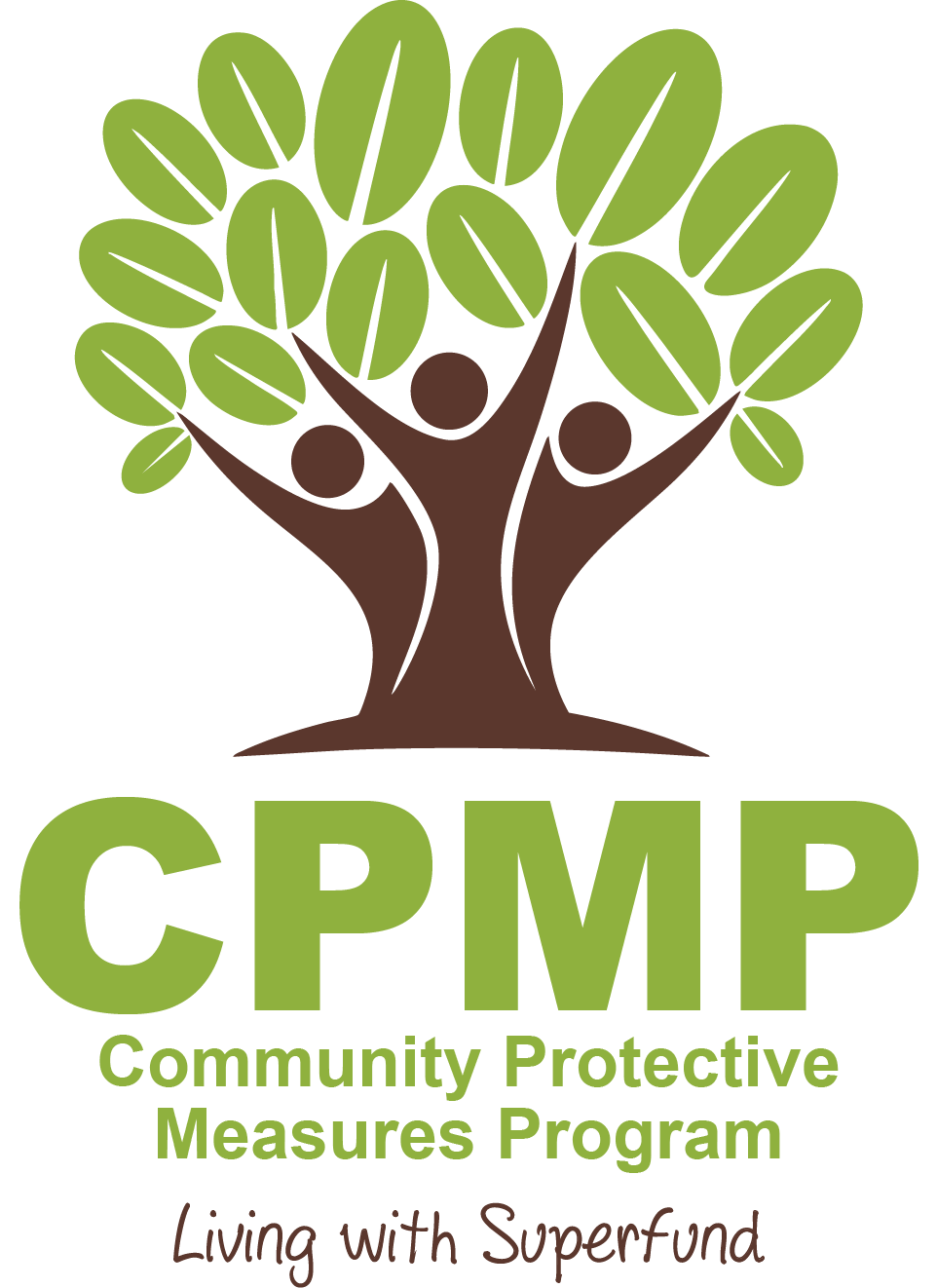 Our work doesn’t stop there. WET also supports the Community Protective Measures Program (CPMP), a public outreach and education initiative that addresses Superfund-related concerns and questions. Homeowners, contractors, and developers all receive guidance and reassurance through this program. Initially, WET served as a technical advisor in ADLC’s negotiations with Atlantic Richfield, shaping the County’s first Consent Decree and Record of Decision (ROD) amendments, which direct everything from funding and remedy coordination to economic redevelopment. These agreements have expanded programs and laid the foundation for infrastructure improvements—ranging from stormwater management to waste handling. At the core of it all is ongoing EPA oversight, including five-year reviews. As of 2020, the sixth review confirmed that cleanup efforts completed so far remain protective of human health, while access controls are in place where remediation is still underway.
Our work doesn’t stop there. WET also supports the Community Protective Measures Program (CPMP), a public outreach and education initiative that addresses Superfund-related concerns and questions. Homeowners, contractors, and developers all receive guidance and reassurance through this program. Initially, WET served as a technical advisor in ADLC’s negotiations with Atlantic Richfield, shaping the County’s first Consent Decree and Record of Decision (ROD) amendments, which direct everything from funding and remedy coordination to economic redevelopment. These agreements have expanded programs and laid the foundation for infrastructure improvements—ranging from stormwater management to waste handling. At the core of it all is ongoing EPA oversight, including five-year reviews. As of 2020, the sixth review confirmed that cleanup efforts completed so far remain protective of human health, while access controls are in place where remediation is still underway.
The ADLC IC Program is more than just an administrative requirement; it’s a safeguard for the community’s health, land, and future growth. By combining technical expertise with public outreach, WET helps ensure responsible redevelopment, that cleanup investments remain protective, and that residents can feel confident about the place they call home. It’s a long-term commitment, but one that keeps Anaconda moving forward while honoring the progress already achieved.


